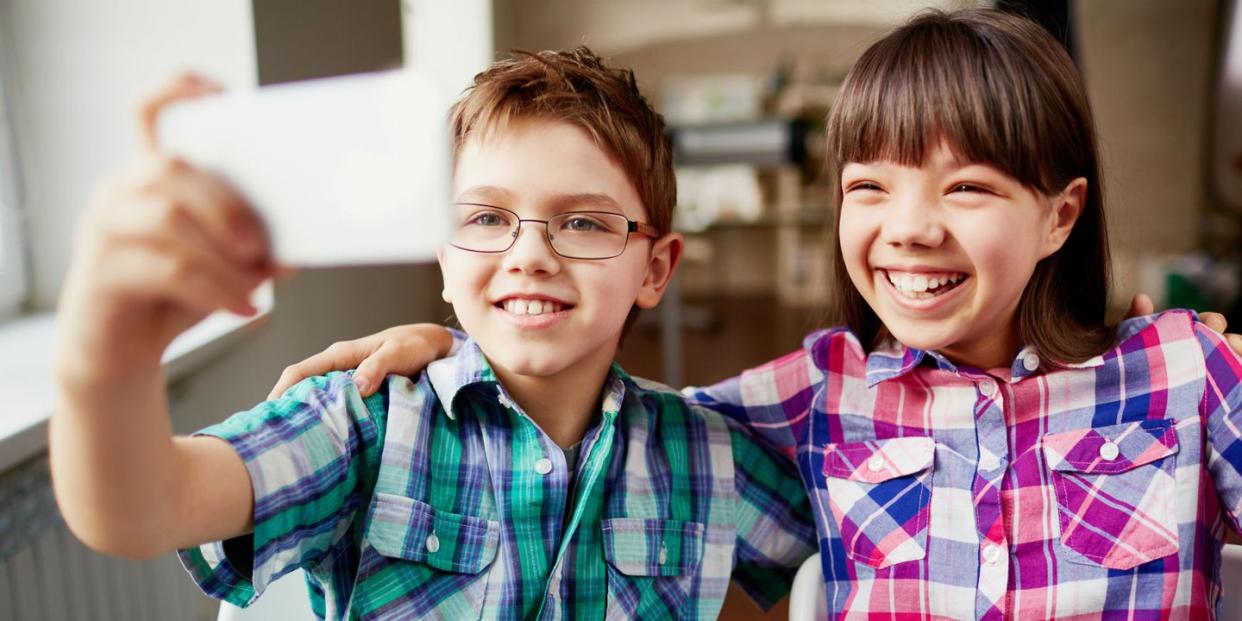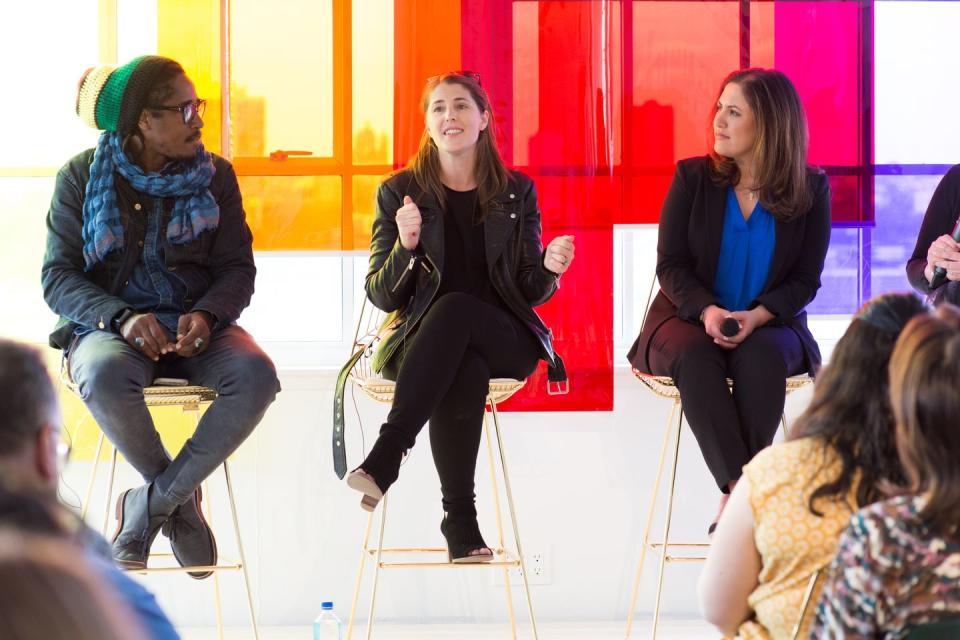Tips for Keeping Your Kids Safe on Instagram

In 2016, Radcliffe "Ruddy" Roye embarked on a 20-mile journey through the woods of Virginia, to retrace the steps of 19th century slave rebellion leader Nat Turner. Roye was on assignment, and over 400 miles away from his home and his two boys in Brooklyn, New York - but his smartphone kept them connected through social media.
Roye's job as a National Geographic photographer can often take him to the most remote parts of the world. But through Instagram, he is able to keep his sons up to date on his adventures. At Instagram's Parent Safety Panel on Tuesday, Roye said that his sons regularly look at his Instagram Stories and ask him about his journeys. "Our relationship is based on me traveling and them seeing what I do," he said.
A post shared by Humanist/Agency VII Photog (@ruddyroye) on Jun 21, 2015 at 2:09pm PDT
But like most parents, Roye said he and his boys, ages 13 and 9, are in constant negotiations about setting boundaries regarding what's appropriate for them to post online and when they should have their own phone. Roye says his 9-year-old, who does not own a smartphone, frequently peeks over his older brother's shoulder to see his Instagram feed.
"I consider it a partnership," he explained. "My [oldest] son considers it the key for him to relate with his peers."
Roye participated in Instagram's Parent Safety Panel alongside social media expert and author Ana Homayoun, Karina Newton of Instagram, and moderator Kate Lewis, Hearst Digital Media's senior vice president and editorial director. During the discussion, he opened up about other ways in which Instagram has been an asset to him and his family. He said that the transparent nature of the platform has helped expose his children to all kinds of relevant cultural issues, which allows them to have a more open dialogue in their household.
"We don’t have the bully conversation because through the culture it's already a topic of conversation. He's already prepared for the next level through Instagram," Roye said.
Kids dealing with bullying can make use of Instagram's private profile feature, noted Newton, Instagram's public policy manager. "When [you have] a private account, you can choose and approve all of your followers and anybody who sends you a direct message," she said. "In direct [messages], we have a pending inbox so that no message can go directly to you without you approving the sender of that message."

She also suggested that parents use comment filters on their kids' accounts to take out any words that they may deem offensive. "Everyone has their own trigger words," she said.
Ana Homayoun, author of Social Media Wellness, was also present at the panel. She encouraged parents to be curious about social media and engage in conversations with their children about it.
"A lot of times kids want to have the conversation about what they're using online and what they're seeing online," she said. "It’s something that you all should be aware of."

Homayoun also suggested that parents help their children learn how to be intentional about the things they post and ask themselves, Why am I sharing this with the world?
"Help kids figure out their why," Homayoun said. "When you do that, kids actually start to filter things themselves and make better choices."
Newton also shed light on the idea of creating two separate profiles - a "finsta" and a "rinsta." Newton explained that a "rinsta" would be the child or teen's "real" Instagram account with personal photos of family and friends, and a "finsta," or fake Instagram, is mostly used to post to close friends about a shared hobby, interest, or issue.
"Teens use [finstas] as their extremely safe space," she said. "An example recently are all of these finstas that are popping up around acne diaries, and teens showing body positivity. [They are] really being able to express themselves in a way that they wouldn’t want on their main feed."
A RECAP OF EXPERT TIPS ON HOW TO USE INSTAGRAM SAFELY:
Be an active participant. Have an open dialogue with your kids about how they use social media and don't be afraid to engage on the platforms yourself.
Advise your kids to be conscious about whom they are following. Encourage them to follow profiles or hashtags that nourish their goals.
Don't be afraid to say no. If you are uncomfortable with something they are posting online, remember that you are the parent and have a right to approve what they share on social media.
Create two separate profiles: a "finsta" and "rinsta." A rinsta, or real Instagram, can be used to share more personal family photos and can be set as a private profile.
Enable Instagram's safety features, which include comment filters and the right to report or block anyone who is bullying or harassing your child.
To read more tips for parents, check out Instagram's community guidelines.
You Might Also Like


